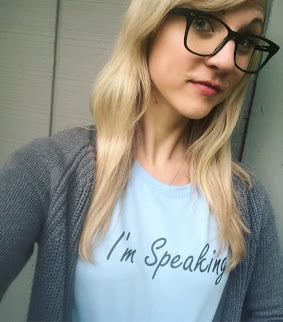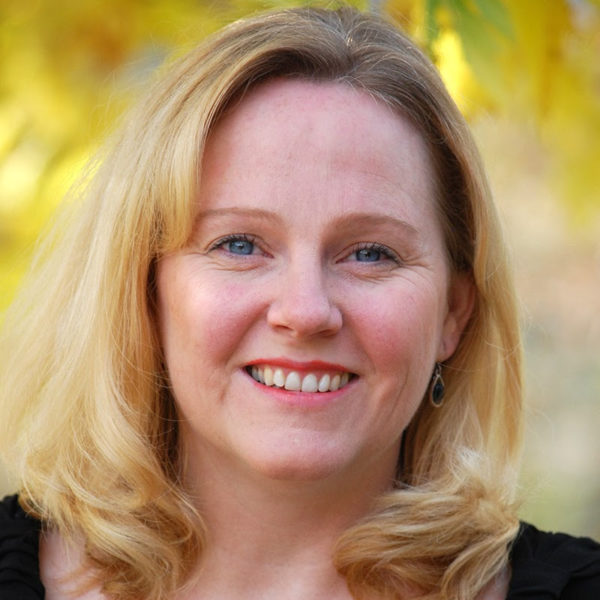Honoring Martin Luther King Jr’s Legacy
Every year in January, like most schools across the country, we have an assembly to honor Martin Luther King Jr.
Students file into the gym and proceed to play with their phones while teachers try, in vain, to give them the “this is important” look.
Then, February passes with hallway acknowledgements of Black History Month, but come March, posters of Black civil rights leaders and activists are replaced by shamrocks and rainbows.
Of course, things look more than a little different this year. We are remote teaching, so there won’t be an assembly. The halls are unchanged, still frozen in time from last spring (there is at least one corkboard leprechaun, wrinkled but persistent).
Though circumstances have forced us to alter these traditions, I also believe that we should rethink how we recognize Martin Luther King Jr. in 2021. The fact that this MLK Day of Service follows a summer of protests for racial justice across our country should not be ignored.

Code Switch 1968-2020: A Tale Of Two Uprisings








